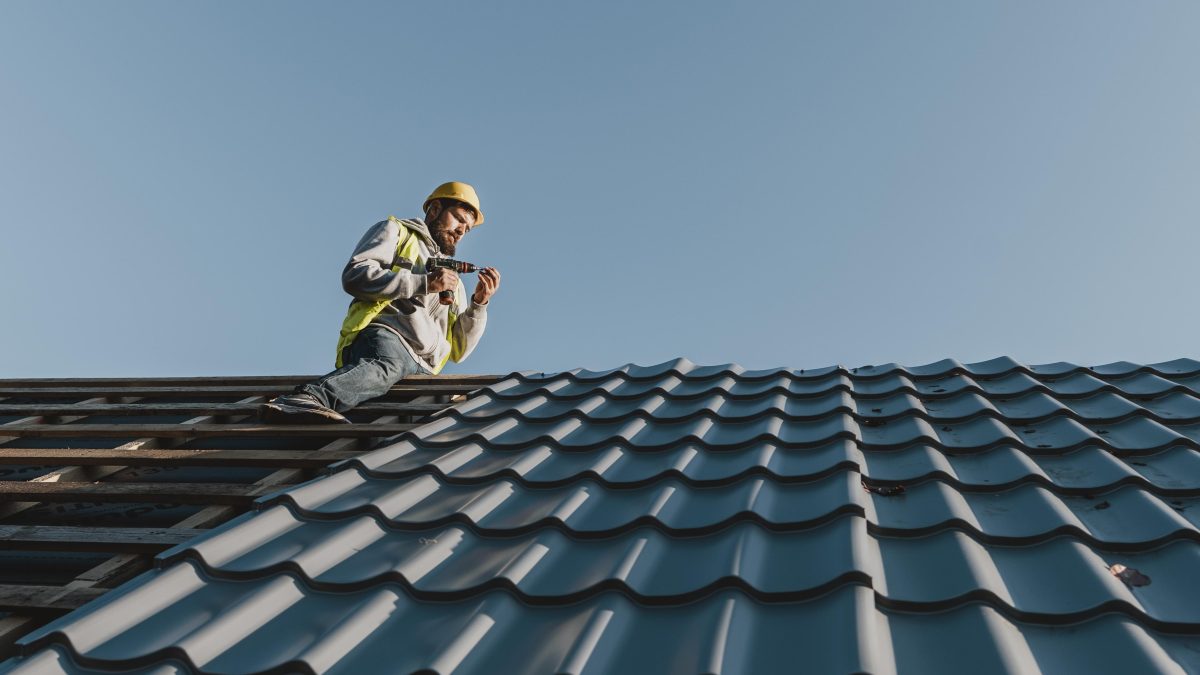Construction is the third most deadly industry in Australia and leads to as many as 24 fatalities, and countless more injuries, each year. Construction workers who operate at heights when installing roofing supplies and other rooftop requirements are at an especially high risk of fatal falls and severe injuries due to the incorrect use of hoisting equipment, scaffolding, and more.
To keep employees safe, happy, and more importantly healthy, employers have a responsibility to train these workers in the proper safety standards required for them to complete their work with minimal risk.
In this article, we consider why safety training is so crucial for workers installing roofing supplies, and what exactly ‘proper’ safety training might entail.
Injury Rates in Roofing
As mentioned, construction in any form ranks as the third most deadly industry in Australia, second only to industries like transport and agriculture. The industry receives as many as 35 injury compensation claims every single day, most often because of negligence or incorrect training.
These are general figures, but with individuals who work with roofing supplies generally working at the greatest heights on a building site, they tend to be the ones facing the largest risks. In fact, roof work accounts for a quarter of all construction deaths.
Understanding the Risks of Roofing Supplies
There are a fair few risks when it comes to working with roofing supplies, the most obvious of which is the height at which such individuals are required to operate. Outside of even height concerns, however, there are a fair few more pressing risks to consider, and these include –
- Heavy lifting
- Complex machinery
- Extreme temperatures
- Fragile or uneven flooring
- And more
When workers are facing all of these risks at height, they become even more perilous, proving why proper training is always crucial before individuals can handle any roofing supplies onsite.
Legal Requirements for Roofing Supplies
WHS guidance outlines that construction workers must receive adequate safety training, with employers left at risk of fines, penalties, and even imprisonment if they don’t provide this. There are also comprehensive documents regarding the safety of roofing workers, and these outline the need for adequate training and the implementation of safety precautions and proper work practices.
Employers are also legally bound to provide refresher training where necessary around priorities such as –
- Work activities and site indicators
- Measures contained in the SWMS, including –
- The loading, handling, and positioning of roofing supplies
- Control measures to prevent injuries and falls
- Roof access methods
- PPE use and storage
- Equipment use
 How Safety Training Benefits Roofing Workers
How Safety Training Benefits Roofing Workers
As well as being a legal requirement, proper safety training allows for workers who are installing roofing supplies to feel safer and happier at work. On the one hand, this ensures that employers can attract a higher level of experience amongst their teams, but visible, proactive, and ongoing safety training can also help to –
- Improve job competence
- Raise morale and employee loyalty
- Increase efficiency
- Reduce injury-related downtime
- Ensure worker retention
- And more
What Does Proper Training Look Like for Roofing Supplies?
Now that we understand the legal, repetitional, and operational benefits of proper safety training, it’s important to consider what that looks like for roofing supplies. After all, as outlined in the SWMS, roofing workers need specific and ongoing training focuses to do their jobs safely and well. As such, general construction training is unlikely to be adequate. Instead, safety training for roofing supplies requires focus such as –
- Training for safety equipment that might include work safety harnesses, roofing safety lanyards, roofing anchor systems, and safety helmets.
- First aid training to enable immediate action in the case of onsite injuries and falls.
- An understanding of the risks of extreme temperatures when working at heights, including heat exhaustion and hypothermia.
- Proper manual handling and lifting practices
- And more
Get Roof Supplies Safety Right With Rapid Height Safety
Proper training is crucial when working with roofing supplies and, once you’ve supplied that training, it’s equally essential that you provide your team with the tools necessary to put what they’ve learnt into action.
Here at Rapid Height Safety, we offer a range of revolutionary edge protections, which can be easily installed and require minimal additional training for your team. Our installation process also meets work health systems and Australian standards of Safe Work Australia Section NZS 4994.1 and has undergone rigorous testing to take any safety worries off your plate.
Simply focus on training your team to the best safety standards possible, then let Rapid Height Safety do the rest with custom edge protections to suit your every roofing requirement.







